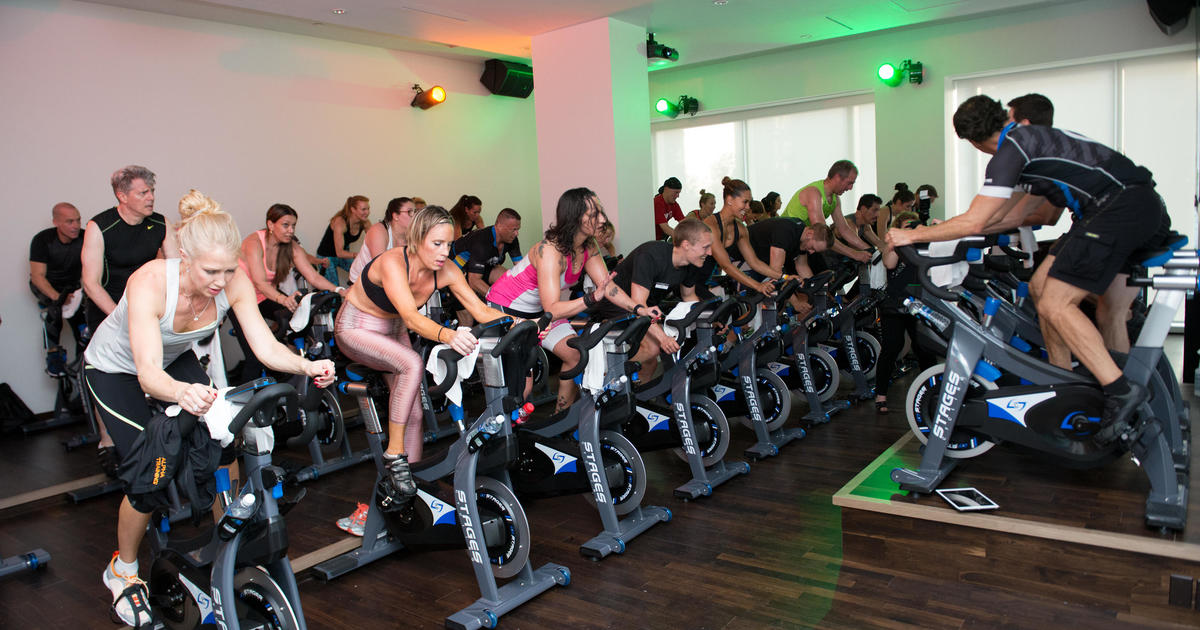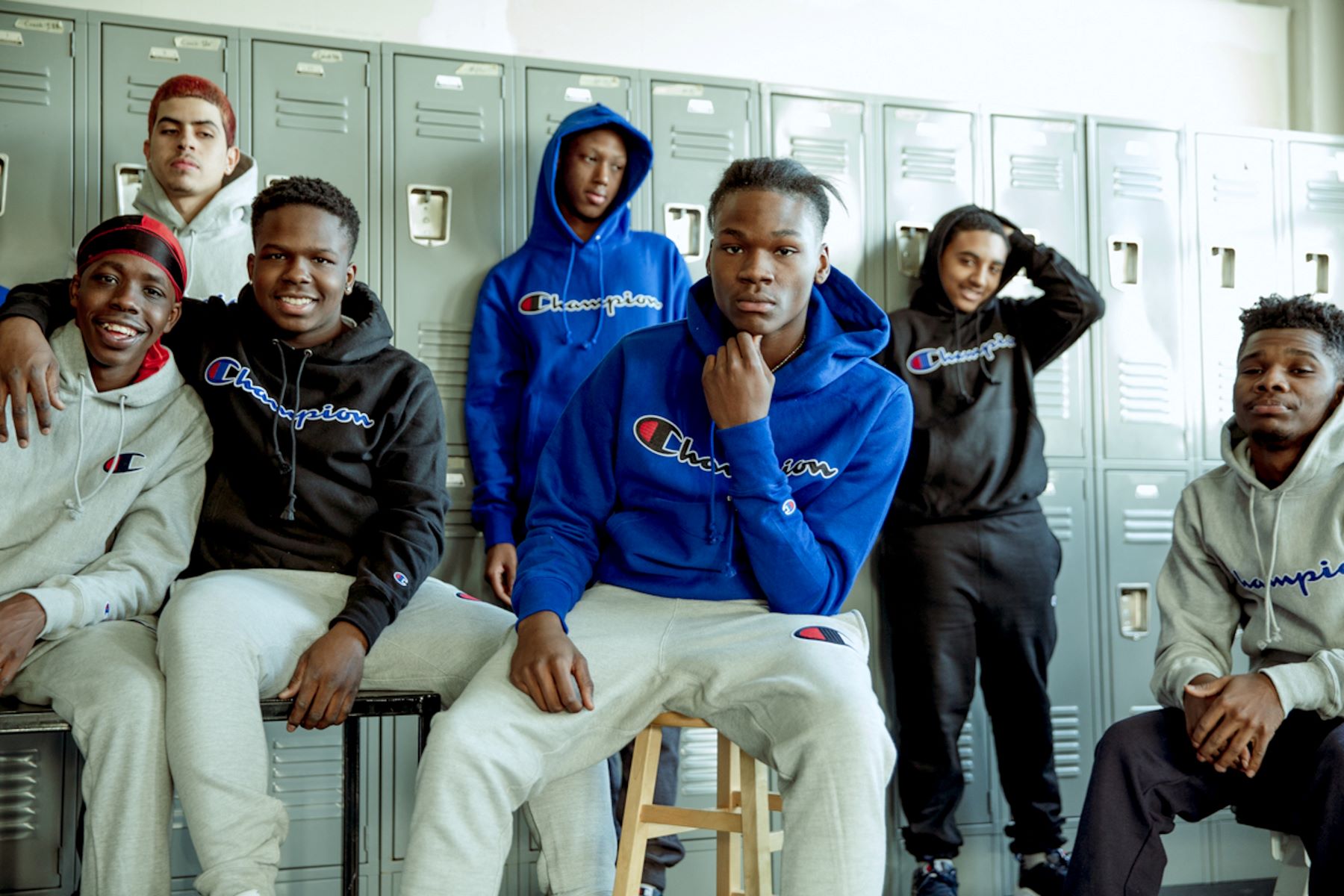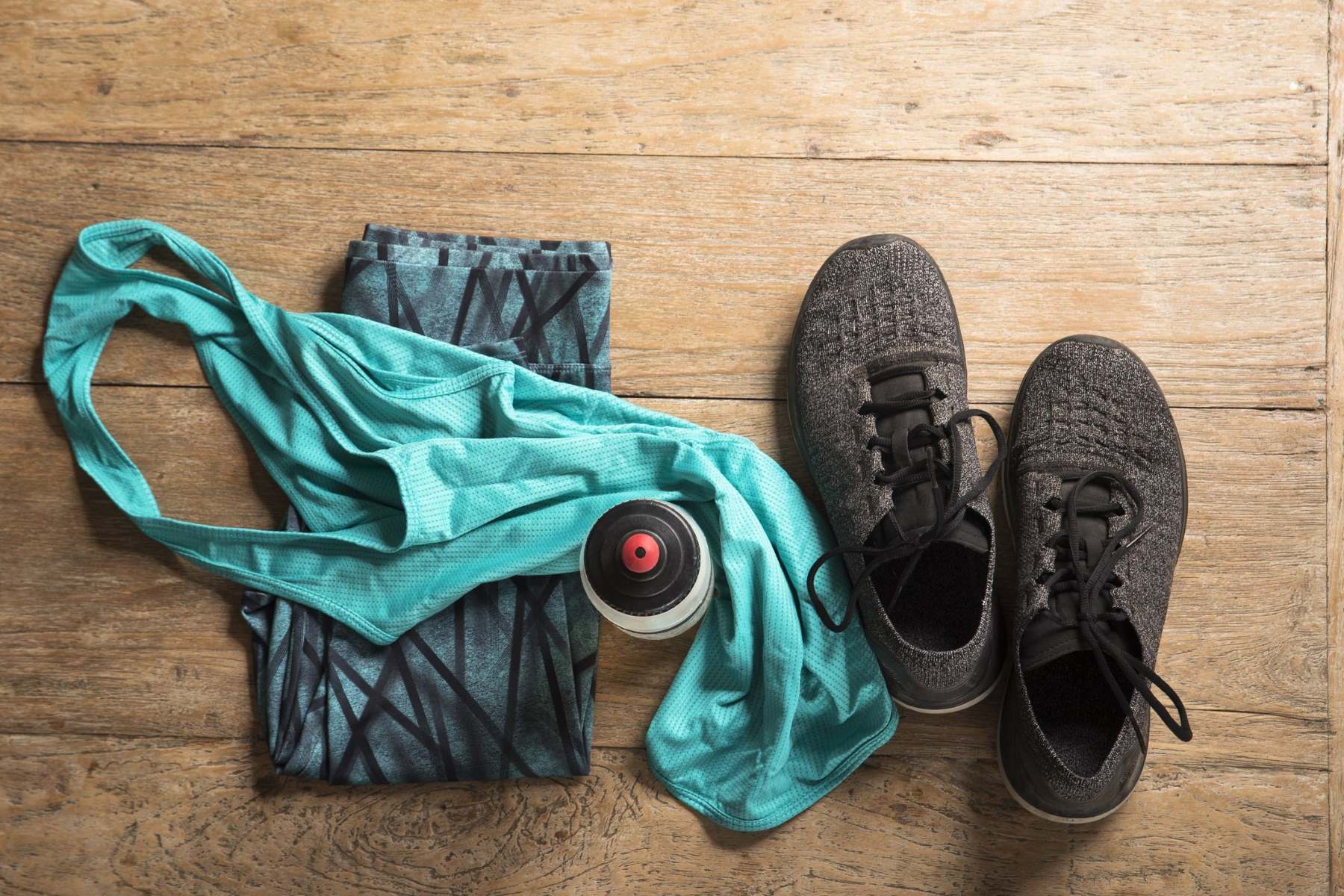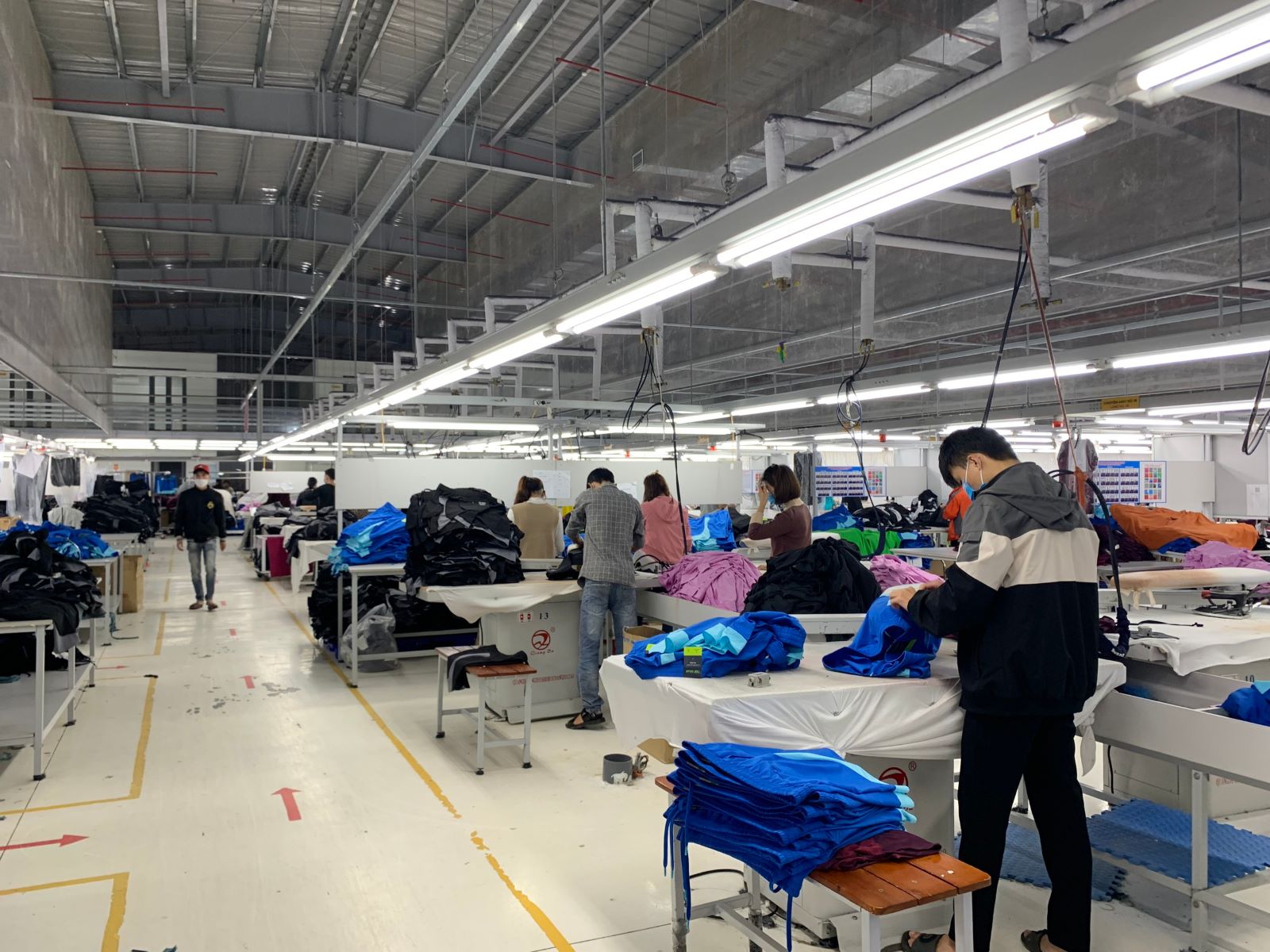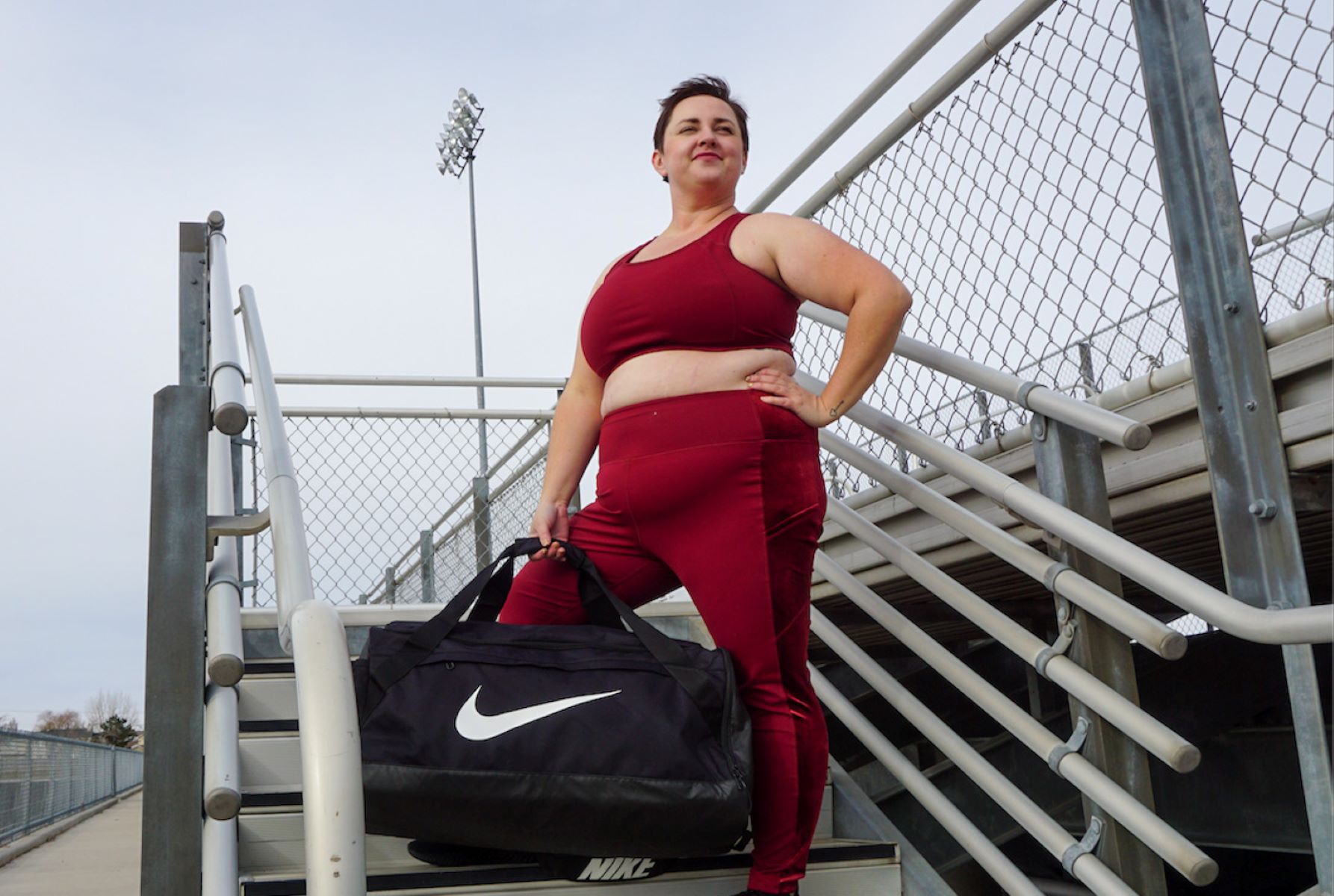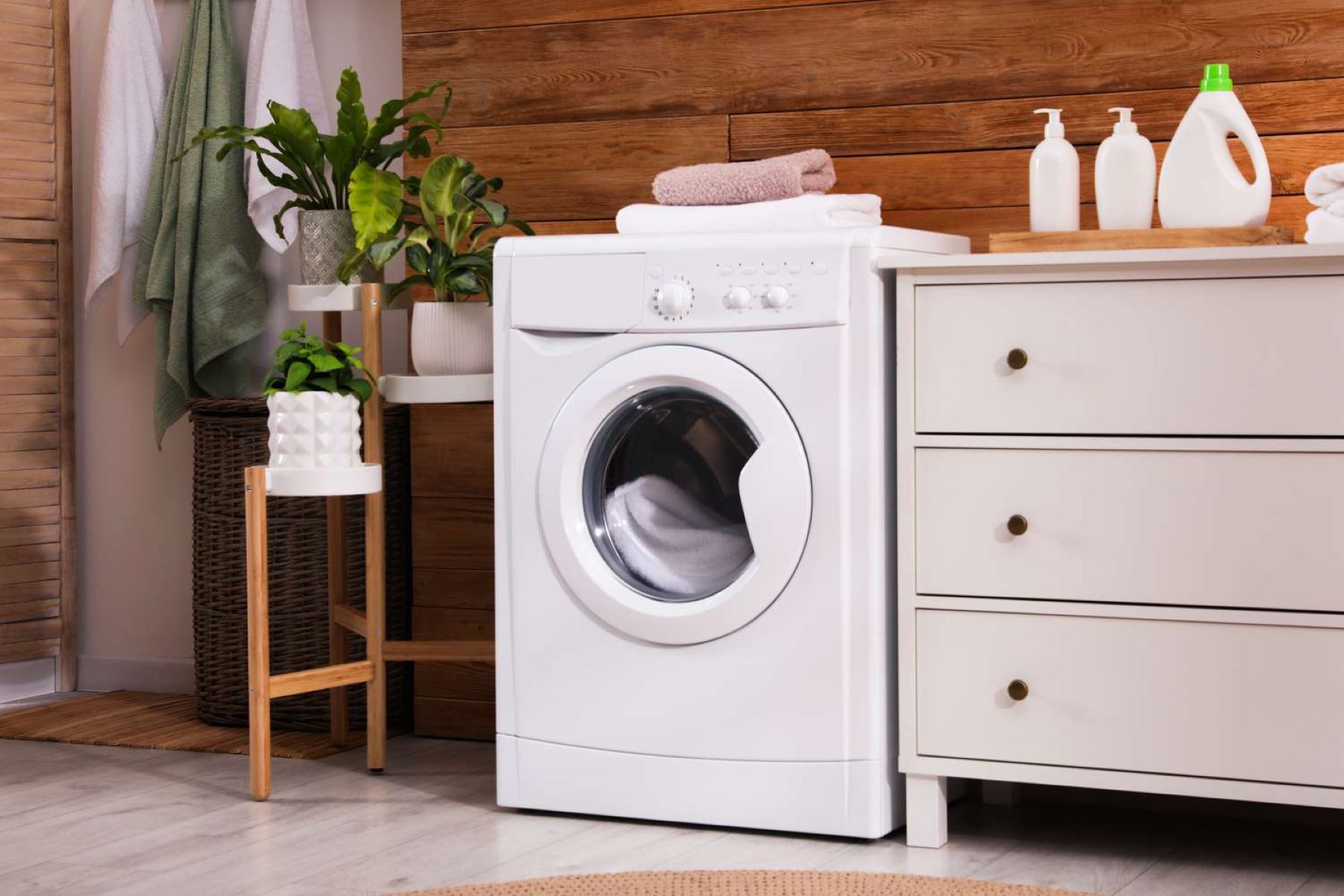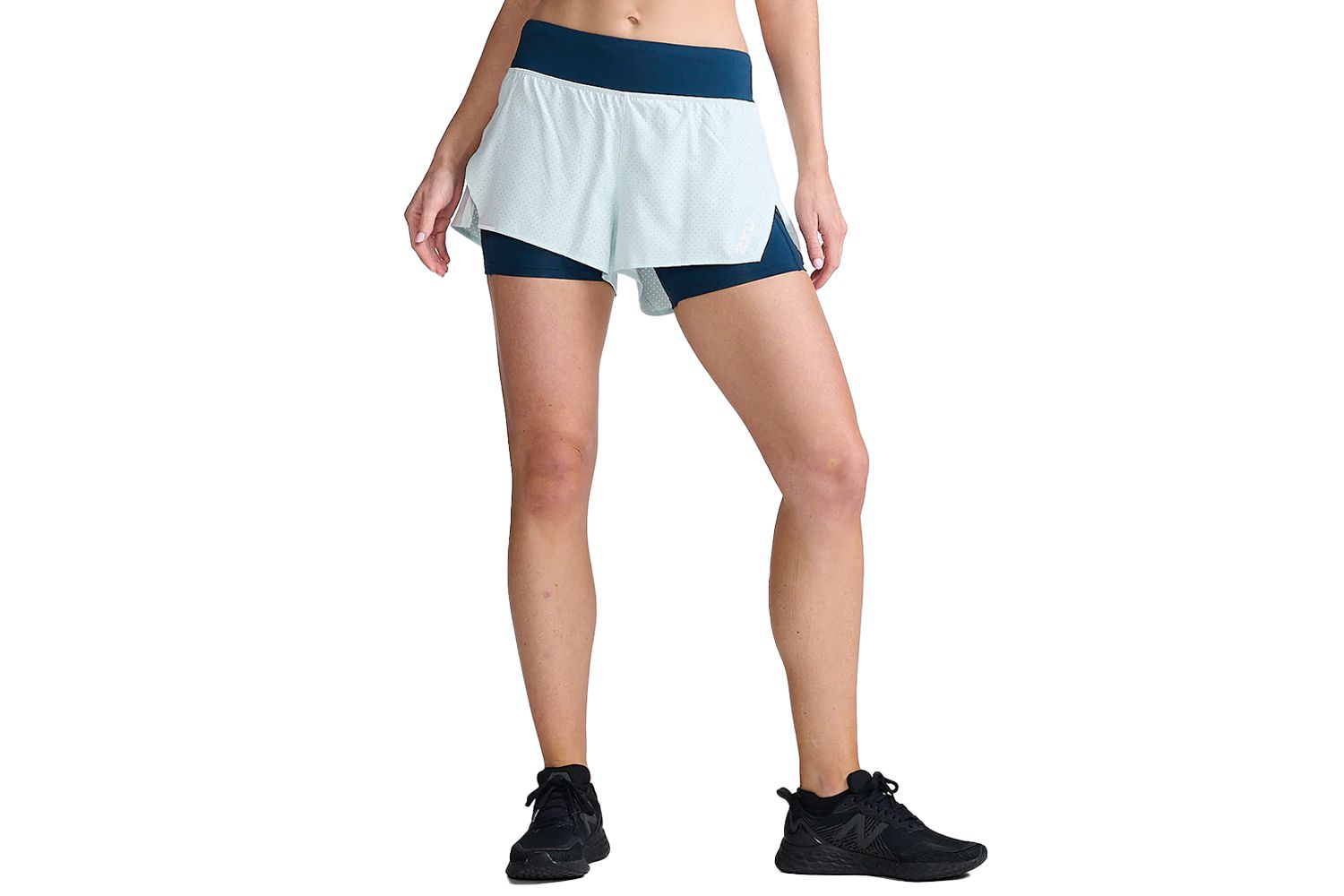Home>Misc>Brands>What Happened To Made For Life Brand Activewear
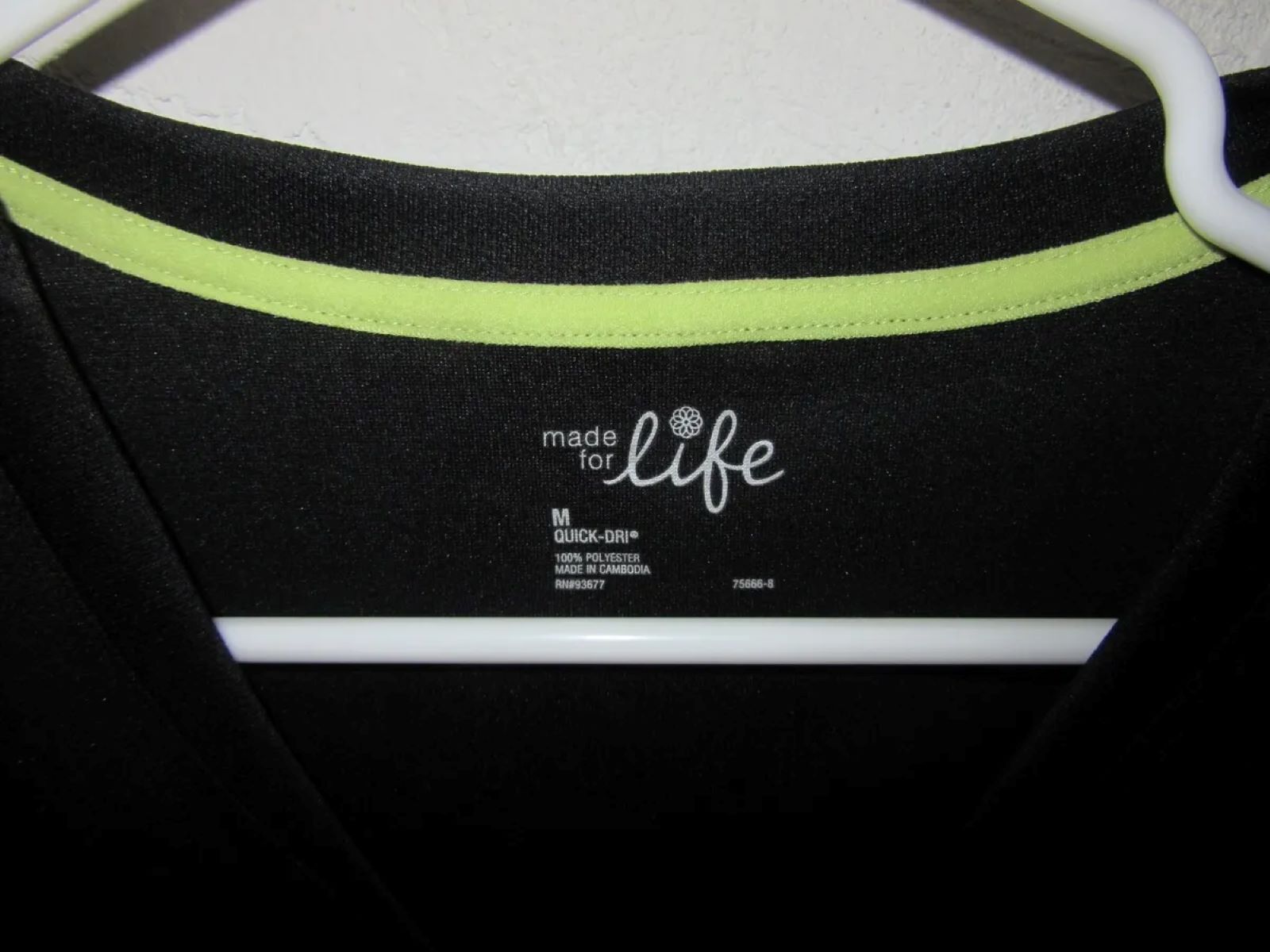

Brands
What Happened To Made For Life Brand Activewear
Modified: October 18, 2023
Discover what happened to the popular Made For Life brand of activewear, RN 45749, and get insights into other leading brands in the market. Explore the latest trends and find your perfect fit today.
Introduction
When it comes to activewear, there are countless brands to choose from, each with its own unique style and appeal. However, not all brands are able to withstand the ever-changing trends and demands of the market. One such brand that has faced challenges and ultimately faded from the scene is Made For Life Brand Activewear RN 45749. Once a popular choice among fitness enthusiasts and casual wearers alike, this brand has experienced a decline in recent years, resulting in its discontinuation.
Founded with the vision of providing high-quality activewear that combines style, comfort, and functionality, Made For Life Brand Activewear RN 45749 initially gained a loyal following. Its designs were known for their trendy patterns, vibrant colors, and durable fabrics, catering to a wide range of customers. The brand offered a variety of options, from leggings and tops to jackets and sports bras, ensuring that customers could find the perfect outfit for their active lifestyle.
However, the activewear market is a highly competitive industry that is constantly evolving. New trends, innovations, and emerging brands make it challenging for established brands to stay relevant and current. Made For Life Brand Activewear RN 45749 faced difficulties keeping up with these changes, which ultimately led to its decline.
Throughout this article, we will delve into the background of Made For Life Brand Activewear RN 45749, explore the changes in the market for activewear, examine the challenges faced by the brand, discuss its decline and discontinuation, and analyze the impact on its customers and retailers. Furthermore, we will explore possible reasons for the brand’s failure and what lessons can be learned from its journey.
Background of Made For Life Brand Activewear RN 45749
Made For Life Brand Activewear RN 45749 emerged as a prominent player in the activewear industry with its focus on providing stylish and functional clothing for active individuals. The brand was known for its vibrant patterns, comfortable fabrics, and attention to detail, which resonated with customers who wanted to look fashionable while staying active.
The journey of Made For Life Brand Activewear RN 45749 began with a group of passionate designers who aimed to fill a gap in the market for activewear that was both fashionable and practical. They recognized the growing interest in fitness and the need for activewear that could be worn not just in the gym but also in everyday life. This led to the development of a brand that offered versatile and stylish activewear options for men and women.
One of the brand’s key selling points was the use of high-quality fabrics that provided optimum comfort and durability. Made For Life Brand Activewear RN 45749 emphasized the importance of using materials that would withstand rigorous physical activities while still maintaining their shape and color. This commitment to quality earned them a loyal customer base who appreciated the longevity of their activewear.
Moreover, Made For Life Brand Activewear RN 45749 adopted a customer-centric approach, constantly seeking feedback and input from their target audience. This allowed them to tailor their designs to meet the evolving needs and preferences of their customers. Through this interaction, the brand was able to build a strong connection with its customers, fostering brand loyalty and trust.
The brand’s logo, with its distinct and recognizable design, became synonymous with activewear that represented a blend of fashion and functionality. Made For Life Brand Activewear RN 45749 positioned itself as a lifestyle brand, offering a range of apparel that could seamlessly transition from workouts to casual outings, aligning with the increasingly popular athleisure trend.
For several years, Made For Life Brand Activewear RN 45749 enjoyed success and steady growth, gaining recognition for its quality products and stylish designs. However, the changing landscape of the activewear industry and the emergence of new competitors presented significant challenges that would ultimately impact the brand’s trajectory.
Changes in the Market for Activewear
The market for activewear has undergone significant transformations over the years, driven by shifting consumer preferences, emerging fashion trends, and advancements in technology. These changes have greatly influenced the landscape in which brands like Made For Life Brand Activewear RN 45749 operate.
One of the most notable shifts in the activewear market has been the rise of athleisure. This trend blurred the boundaries between traditional athletic wear and casual clothing, allowing individuals to incorporate activewear into their everyday outfits. Activewear became more than just clothing for exercise; it became a fashion statement. As a result, consumers began to seek out activewear that not only performed well during workouts but also looked stylish and fashionable in various settings.
Another significant change in the market is the increased focus on sustainability and eco-consciousness. As consumers became more aware of the environmental impact of the fashion industry, there was a growing demand for activewear brands that prioritized sustainable practices. This includes using recycled materials, reducing waste in the manufacturing process, and implementing ethical labor practices. Brands that embraced sustainability gained favor among environmentally conscious consumers, creating new opportunities in the market.
Furthermore, advancements in technology have revolutionized the activewear industry. Innovative fabrics and manufacturing techniques have allowed for the development of activewear that is lightweight, moisture-wicking, and quick-drying. Additionally, the integration of smart features such as fitness tracking sensors and built-in UV protection has further enhanced the functionality of activewear. These technological advancements have reshaped consumer expectations and influenced their purchasing decisions.
The increasing popularity of social media and influencer culture has also impacted the market for activewear. Consumers are now exposed to a constant stream of fitness influencers and celebrities showcasing stylish activewear on their social media platforms. This has created a desire for trendy and fashionable activewear, with consumers seeking to emulate the style and lifestyle of their favorite influencers.
As the market for activewear became more saturated and competitive, consumers were presented with a plethora of options and choices. Established brands had to constantly innovate and adapt to meet the evolving demands of their target audience. This posed challenges for brands, including Made For Life Brand Activewear RN 45749, as they had to navigate these changes to stay relevant and competitive.
Challenges Faced by Made For Life Brand
Despite its initial success, Made For Life Brand Activewear RN 45749 encountered several challenges that contributed to its decline in the activewear market. These challenges tested the brand’s ability to adapt and evolve, ultimately affecting its position in the industry.
One of the primary challenges faced by Made For Life Brand Activewear RN 45749 was increased competition. As the activewear market grew, numerous new brands emerged, offering similar products with competitive pricing and innovative designs. Established athletic apparel brands also expanded their activewear lines to cater to the growing demand. This heightened competition made it difficult for Made For Life Brand Activewear RN 45749 to differentiate itself and maintain its market share.
Moreover, the brand struggled to keep up with rapidly changing consumer preferences and fashion trends. With the rise of athleisure, customers increasingly sought out activewear that not only performed well during workouts but also looked stylish for everyday wear. Made For Life Brand Activewear RN 45749, with its focus on traditional athletic wear designs, found it challenging to meet the evolving fashion demands of its target audience.
Another hurdle that the brand faced was the shift towards sustainability and ethical practices in the industry. Consumers became more conscious of the environmental impact of the fashion industry and started supporting brands that aligned with their values. Made For Life Brand Activewear RN 45749 struggled to incorporate sustainable and eco-friendly practices into its supply chain, which resulted in the loss of customers who prioritized ethical fashion choices.
In addition to these external challenges, the brand also faced internal obstacles. Issues with product quality and inconsistency in sizing and fit plagued Made For Life Brand Activewear RN 45749. This led to customer dissatisfaction and a decrease in brand loyalty, as consumers sought out brands that consistently delivered on quality and fit.
Furthermore, the brand struggled to build a strong online presence and engage with its target audience through digital channels. As social media and digital marketing became crucial for brand visibility and customer engagement, Made For Life Brand Activewear RN 45749 fell behind its more digitally savvy competitors. This limited its reach and hindered its ability to connect with potential customers.
All these challenges combined to create a difficult environment for Made For Life Brand Activewear RN 45749. While the brand initially had a strong foundation, the inability to address these challenges and adapt to the changing market dynamics ultimately contributed to its decline.
Decline and Discontinuation of Made For Life Brand Activewear RN 45749
The decline of Made For Life Brand Activewear RN 45749 can be attributed to a combination of factors that collectively impacted the brand’s position in the market. Despite its early success, the brand struggled to overcome various challenges, ultimately leading to its discontinuation.
As mentioned earlier, increased competition played a significant role in the decline of Made For Life Brand Activewear RN 45749. The brand faced intense competition from both established athletic apparel brands and emerging activewear brands that offered more innovative designs and competitive pricing. This heightened competition made it difficult for Made For Life Brand Activewear RN 45749 to attract and retain customers, leading to a gradual decrease in sales and market share.
Additionally, the brand’s inability to adapt to changing consumer preferences and fashion trends contributed to its decline. With the rise of athleisure, consumers sought activewear that not only performed well during workouts but also looked stylish for everyday wear. Made For Life Brand Activewear RN 45749 struggled to meet this demand with its traditional athletic wear designs, causing it to lose relevance among its target audience.
Furthermore, the brand’s failure to embrace sustainability and ethical practices posed a significant setback. As consumer awareness of the environmental impact of the fashion industry grew, more individuals shifted their purchasing behavior towards sustainable and eco-friendly brands. Made For Life Brand Activewear RN 45749’s inability to incorporate these practices into its supply chain led to a loss of customers who placed importance on ethical fashion choices.
Internal issues, such as product quality and inconsistency in sizing and fit, also contributed to the decline of the brand. Negative reviews and customer dissatisfaction eroded the brand’s reputation over time, leading to a loss of trust and loyalty. In an industry where reputation is paramount, these issues had a significant impact on the brand’s credibility and ability to compete effectively.
Finally, the brand’s limited online presence and inadequate digital marketing efforts further hindered its growth. As social media and digital platforms became crucial for brand visibility and customer engagement, Made For Life Brand Activewear RN 45749 fell behind its more digitally savvy competitors. This limited its reach and prevented the brand from effectively connecting with its target demographic.
Collectively, these factors contributed to the decline and eventual discontinuation of Made For Life Brand Activewear RN 45749. The brand’s inability to address these challenges, adapt to the changing industry dynamics, and meet the evolving demands of its target audience led to its unfortunate demise.
Impact on Customers and Retailers
The discontinuation of Made For Life Brand Activewear RN 45749 had a notable impact on both its customers and retailers who had carried the brand’s products. The decision to discontinue the brand left a void in the activewear market and affected those who had come to rely on the brand for their athletic clothing needs.
For customers, the discontinuation meant losing access to a brand they may have grown fond of. Customers who had developed a sense of loyalty towards Made For Life Brand Activewear RN 45749 were left without their go-to source for stylish and functional activewear. The loss of this brand also forced them to explore alternative options, whether it be switching to other established activewear brands or discovering new and emerging brands in the market. This transition required customers to invest time and effort in finding a new brand that could meet their specific requirements and preferences.
On the retailer side, the discontinuation of Made For Life Brand Activewear RN 45749 meant the loss of an established product line. Retailers who had previously stocked and sold the brand’s activewear had to find alternative brands to fill the gap in their inventory. This meant investing time and resources in sourcing and curating new products to maintain a diverse and appealing selection for their customers. Additionally, the discontinuation may have resulted in a loss of revenue for retailers, as customers who were loyal to the Made For Life Brand Activewear RN 45749 would no longer have a reason to frequent their stores.
Furthermore, the discontinuation of Made For Life Brand Activewear RN 45749 may have influenced customer perceptions of other brands carried by the same retailer. Customers who were disappointed by the loss of their preferred brand may associate the retailer with the brand’s failure, leading to a negative perception of other products offered by that retailer. This could potentially impact the retailer’s credibility and customer loyalty in the long run.
However, it is important to note that the impact on customers and retailers was not entirely negative. The discontinuation of Made For Life Brand Activewear RN 45749 presented an opportunity for customers to explore new brands and discover different styles and features that may not have been available from the previous brand. Additionally, for retailers, the void left by the discontinued brand opened up space for them to introduce and promote other activewear brands, potentially diversifying their product range and attracting new customers.
Overall, the discontinuation of Made For Life Brand Activewear RN 45749 had both immediate and long-term impacts on customers and retailers. While customers had to adapt to the loss of their preferred brand and find alternatives, retailers had to adjust their inventory and potentially deal with the association of the brand’s failure. However, amidst these challenges, opportunities emerged for customers to discover new brands and for retailers to explore new options to meet customer demands in the ever-changing activewear market.
Possible Reasons for the Brand’s Failure
The failure of Made For Life Brand Activewear RN 45749 can be attributed to several factors that contributed to its decline in the highly competitive activewear market. Understanding these reasons can provide insights into the challenges the brand faced and help identify potential areas for improvement in the future.
One possible reason for the brand’s failure was its inability to keep up with changing consumer preferences and fashion trends. The rise of athleisure, which blurred the lines between athletic and casual wear, required brands to offer stylish and fashionable activewear that could be worn beyond the gym. Made For Life Brand Activewear RN 45749 struggled to adapt its designs to meet these evolving demands, resulting in a loss of relevance among its target audience.
Another contributing factor may have been the lack of emphasis on sustainability and ethical practices. As consumers became more aware of the environmental impact of the fashion industry, there was a growing demand for activewear brands that prioritized sustainable and eco-friendly practices. Made For Life Brand Activewear RN 45749 failed to incorporate these practices into its supply chain, which led to consumers seeking out alternative brands that aligned with their values.
Poor product quality and inconsistencies in sizing and fit also likely played a role in the brand’s failure. Negative reviews and customer dissatisfaction eroded the brand’s reputation over time, leading to a loss of trust and loyalty. In an industry where product quality and fit are crucial, these issues undermined Made For Life Brand Activewear RN 45749’s ability to compete effectively.
The brand’s limited online presence and inadequate digital marketing efforts further hindered its growth and contributed to its decline. As social media and digital platforms became essential for brand visibility and customer engagement, Made For Life Brand Activewear RN 45749 fell behind its more digitally savvy competitors. This limited its reach and prevented the brand from effectively connecting with its target demographic.
Furthermore, increased competition posed a significant challenge for the brand. The activewear market became more saturated, with new brands emerging and established athletic apparel brands expanding their activewear lines. Made For Life Brand Activewear RN 45749 struggled to differentiate itself and maintain its market share in the face of this intense competition.
Collectively, these factors – failure to adapt to changing fashion trends, the lack of emphasis on sustainability and ethical practices, product quality issues, inadequate digital presence, and increased competition – likely contributed to the failure of Made For Life Brand Activewear RN 45749. By addressing these areas of weakness, future brands can learn from the experience and work to overcome similar challenges in the dynamic and ever-evolving activewear market.
Conclusion
The journey of Made For Life Brand Activewear RN 45749 reflects the challenges that brands face in the ever-changing activewear market. Despite its initial success and efforts to provide stylish and functional activewear, the brand experienced a decline that ultimately led to its discontinuation.
A combination of factors contributed to the brand’s failure. These included the brand’s inability to adapt to changing consumer preferences and fashion trends, the lack of emphasis on sustainability and ethical practices, product quality issues, inadequate digital presence, and increased competition. Each of these factors played a significant role in the brand’s inability to remain competitive and meet the evolving demands of its target audience.
The discontinuation of Made For Life Brand Activewear RN 45749 had a notable impact on both customers and retailers. Customers lost access to a brand they may have grown fond of, leading them to seek out alternatives in the market. Retailers faced the challenge of finding new brands to fill the gap left by the discontinued brand, potentially impacting their revenue and customer perception.
Despite the challenges and failure faced by Made For Life Brand Activewear RN 45749, there are valuable lessons to be learned. The brand’s journey highlights the importance of adapting to changing market trends, integrating sustainable practices, maintaining product quality, enhancing digital presence, and effectively differentiating oneself from competitors.
The activewear market is continually evolving, and success in this industry requires a deep understanding of customer needs, a commitment to innovation, and a willingness to embrace change. Brands that can navigate these challenges successfully have the potential to thrive and sustain their position in this highly competitive market.
As consumers continue to prioritize comfort, style, and sustainability in their activewear choices, it remains vital for brands to stay attuned to these needs and trends. By learning from the challenges faced by brands like Made For Life Brand Activewear RN 45749, future activewear brands can strive to deliver the best possible experience for their customers and position themselves for long-term success.

